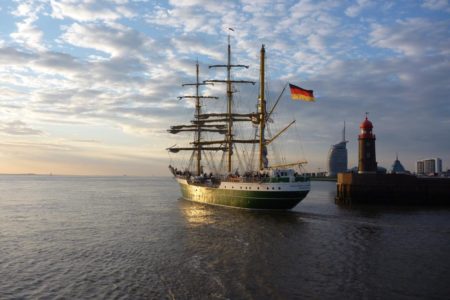
Class Afloat is proud to announce a change in ship and a new partnership with the German, Class ‘A’ tall ship, Alexander Humboldt II. Earlier this month, our school was saddened to learn that due to concerns related to COVID-19,…Read More
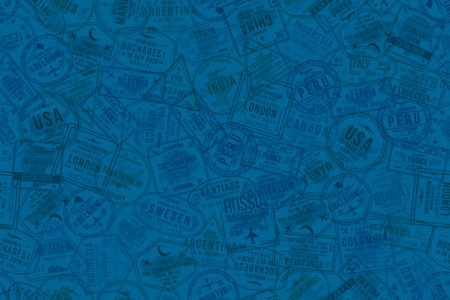
Check out our 2022-2023 student newspaper-The Mizzen 2nd Edition. The Mizzen’s Paradigm: consent, diversity, accuracy, quality, student perspective, representing ourselves, our peers, and the people and places we visit with respect.

Meet Celina Diaz, this week’s Student Alumni in the Spotlight.
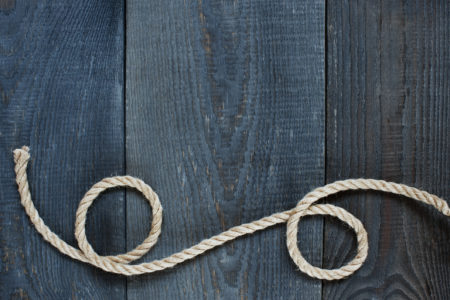
How well do you know your knots? Learn how to tie a variety of sailing knots in these tutorial videos created by members of the Class Afloat community. Up first? The Bowline!

Meet Amy Russell, this week’s Student Alumni in the Spotlight.

What’s it like teaching on board a tall ship? Kyle O’Donnell shares his experience teaching math on board Class Afloat.

Meet Kyle O’Donnell, this week’s Faculty Alumni in the Spotlight.
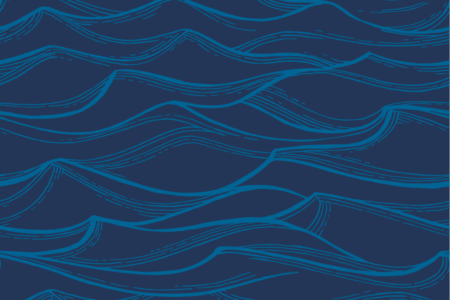
Learn about the school’s response to COVID-19 in a letter from Class Afloat President, David Jones.

An update to our community regarding COVID-19 and the 2019-2020 school year.
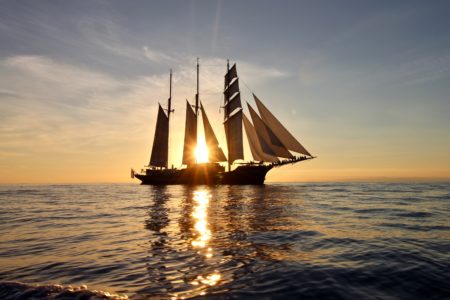
At the 47th Annual Conference on Sail Training and Tall Ships in St. Petersburg, Florida, Class Afloat was named Sea Education Program of the Year! The award is handed out each year by Tall Ships America, an organization focused on…Read More
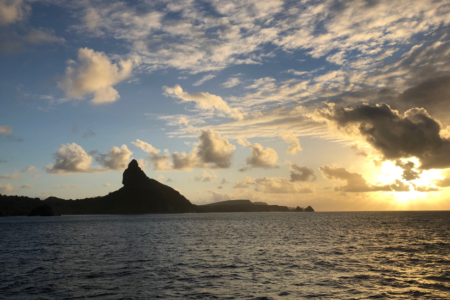
Reaching the summit is a special moment for anyone having the nerves to climb all the way up.
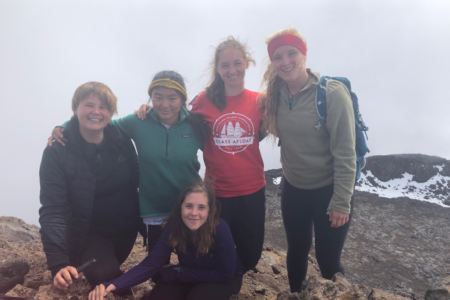
No one really thinks about the bond or community that the whole crew shares. Nobody would understand this except for the people who have been in the same situation.